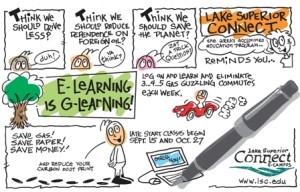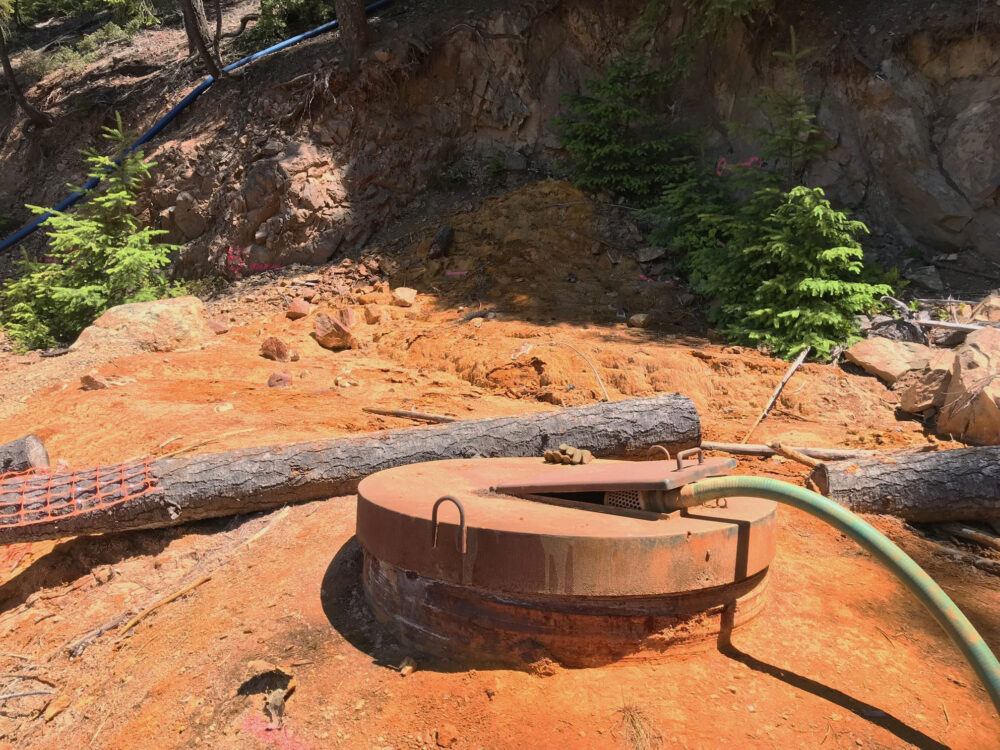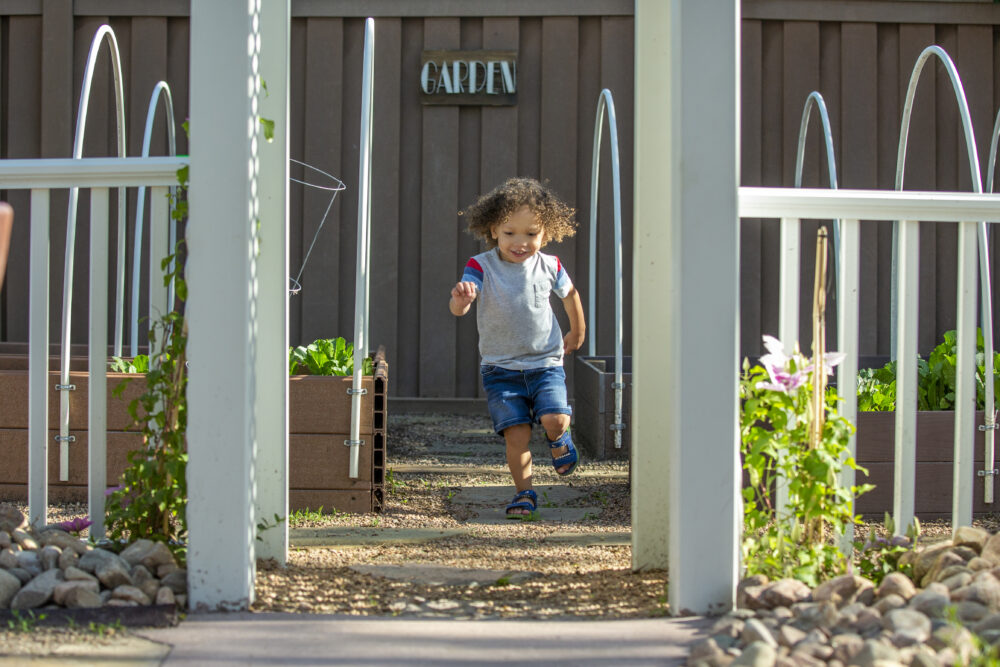We have much more to do and your continued support is needed now more than ever.
Is Online Learning Better for the Planet?

A joint study entitled Towards Sustainable Higher Education: Environmental impacts of campus-based and distance higher education systems conducted in 2007 by the Stockholm Environmental Institute (SEI) and the United Kingdom’s Open University Design Innovation Group (DIG) identified new educational models, such as e-learning and distance education, as significantly less carbon-intensive as conventional classroom-based coursework.
Examining 13 campus-based and seven print-based and online distance learning courses (20 total), the study compared potential sources of carbon emissions including paper consumption, computing, travel, accommodations, and campus site impacts, with the latter three having the largest impact. Results were normalized in terms of energy consumption and carbon dioxide emissions per student.
Offering more intensive utilization of campus facilities, online learning provided impressive carbon dioxide savings over conventional classroom education. Economies of scale give online education the edge by spreading campus impacts over a larger number of students, reducing campus site CO2 emissions from 81 kg (178.5 lbs) for a full time to student to about 2 kg (4.4 lbs) for a blended online and print-based course.
Not surprisingly, travel was also a significant source of greenhouse gas emissions, resulting from term-time travel to and from campus, as well as travel between “home” and term-time residence. Distance learning courses (including online education) resulted in an 89 percent reduction in travel-related emissions over full-time onsite courses.
Residential energy consumption was also considered in the study, with the assumption that if a full time student had a term-time residence separate from “home,” it resulted in a duplication of dwellings, heating energy for which was included. On average, residential energy for full-time students in regular classrooms came to 102 kg (225 lbs) versus 4.4 kg (9.7 lbs) for primarily online students.
And while many have expressed concern that the ensuing increase in computing for online education could negate any energy savings because of the incredible amounts of electricity used to run server farms, this did not prove true. Certainly, the largest environmental impact of online education was computing, adding 24 kg (53 lbs) of CO2 to the atmosphere per student (as a side note, paper use showed little change when comparing online to onsite students). Yet the study concluded that the 90 percent savings in energy and emissions in the areas of transport, campus site, and residential energy far outweighed this downside.
The popularity of e-learning platforms in the U.S. has been rising steadily in recent years, with more than 3.9 million students taking at least one online course during fall 2007 — up 12 percent over 2006. “Higher education is growing at about 1.5 percent annually, while e-learning is increasing at about 9-10 percent,” according to Ray Schroeder in the Office of Technology-Enhanced Learning at University of Illinois (Springfield). Yet most institutions have not yet added e-learning initiatives to their sustainability plans.
Perhaps more pressing is the issue of cost. With rising fuel prices keeping some students at home, climate isn’t the only reason for students to choose online over classroom-based courses. Schroeder notes that numbers acquired through the SUNY Online Learning Cost Savings Calculator have shown a cost benefit to students: “in many cases if students live more than 20 miles away, the costs of getting to and from campus can exceed those for tuition and fees.”

Like LSU, Rio Salado College (Tempe, Arizona) is not yet tracking potential CO2 savings from online learning, yet they are pioneers in the field. Rio serves over 60,000 students, about half of which learn online, with limited facilities spread over a wide geographical area. “In addition to less space taken up by students,” explains Danielle Tomerlin, Sustainability Consultant for Rio, “only one third of our 1,500 faculty and staff consume building space and as few as 25 percent get in their cars to facilitate learning.”
Rio has also spearheaded an innovative Textbook Savings Program. In partnership with Pearson’s Custom Publishing, students can order only those chapters or materials being covered in class, saving paper and cutting student costs by 51 percent. They are also working with suppliers to develop electronic readers and books in PDF format.
Not only are individual schools plugging into e-learning, entire states are encouraging virtual education as a means of reaching students outside the normal reach of local institutions. Online education offers learning opportunities for students in rural centers and allows instructors to maximize their investment by reaching a greater number of learners. The Minnesota State Colleges and Universities system has established Minnesota Online which serves as a hub where students can find e-learning opportunities from 32 colleges and universities. Over 80,000 of the 390,000 students taking courses in the state do so online.
Tracking and measurement of e-learning’s impact on the carbon footprint of traditional institutions is sorely lacking in the U.S., making it difficult to determine the effectiveness of such a strategy in those settings. Not surprisingly, most institutions have yet to develop online education as a lever for reducing greenhouse gas emissions (although additional research should likely be conducted to confirm the findings of the SEI-DIG study). Nevertheless, many schools may already be reaping the benefits.





















